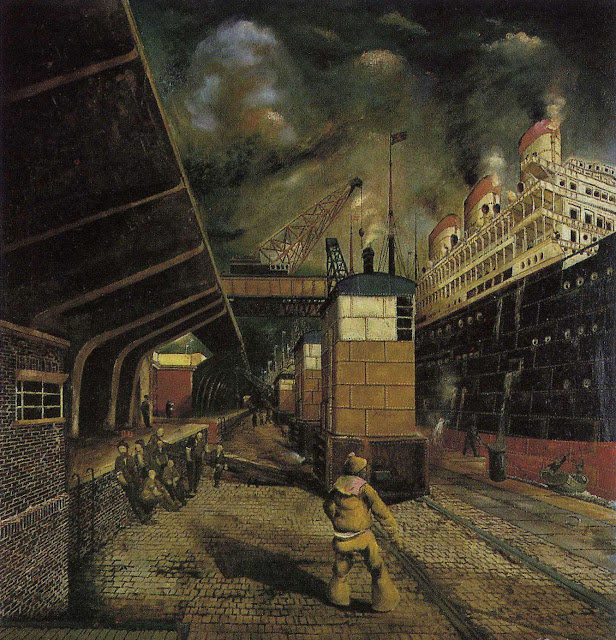One of the biggest icons of modern art is Picasso’s “Guernica
In the secular hagiography of the West “Guernica
Because the outrage of the people over the massacre of civilians needed a symbolic object, “Guernica Guernica Pforzheim killed 18, 000, bombing of Dresden killed 25,000 and in Hamburg bombing
If “Guernica
Perhaps I am not enough of a horse lover to be greatly moved by its obvious suffering, but it should be generally agreed the choice of that hippic trauma should not be made central in a painting commemorating 16 hundred people massacred by explosive and incendiary bombs. Glancing around the mural we see many more elements no doubt carrying some symbolic significance but very puzzling to those who would be looking for understandable images of air-raid victims. There is an image of a bull’s head as if advertizing strong brand of Rojo wine. There is a light bulb unaccountably lit up with powerful presence that does not seem relevant to the huge catastrophic horror of the event
On both extremities, left and right there are two figures of women with upturned cartoonish signs of suffering on their faces .Before they could escape, the author caught them with his cubist set of geometric torture tools and turned them into wretched cartoons .Look, because they are so prominent, at the hands and feet of those figures. Straight from a cartoon, distorted to be funny-looking as if made of finger-potatoes- inappropriate in the theme that should call for expressiveness of suffering Katte Kolwitz could show him.
Perhaps I am not enough of a horse lover to be greatly moved by its obvious suffering, but it should be generally agreed the choice of that hippic trauma should not be made central in a painting commemorating 16 hundred people massacred by explosive and incendiary bombs. Glancing around the mural we see many more elements no doubt carrying some symbolic significance but very puzzling to those who would be looking for understandable images of air-raid victims. There is an image of a bull’s head as if advertizing strong brand of Rojo wine. There is a light bulb unaccountably lit up with powerful presence that does not seem relevant to the huge catastrophic horror of the event
On both extremities, left and right there are two figures of women with upturned cartoonish signs of suffering on their faces .Before they could escape, the author caught them with his cubist set of geometric torture tools and turned them into wretched cartoons .Look, because they are so prominent, at the hands and feet of those figures. Straight from a cartoon, distorted to be funny-looking as if made of finger-potatoes- inappropriate in the theme that should call for expressiveness of suffering Katte Kolwitz could show him.
Now let’s step back and take the whole poster-like image in and examine the emotions it generates. What are they? Pity for the dead, sorrow for the innocent, fury at German cruelty? Not really…more like confusion, sense of dynamic chaos caused by having a dying and kicking horse inside. No wonder the women are screaming. The gathered elements are so drastically incoherent that the only thread that holds them firmly together is the forceful display of the Picasso Style. That vantage provides the proper key to the famed mural. Forget killed villagers; think Picasso Brand showcased here to serve his egotism, to serve promoters of modern art as defenders of freedom from tyranny and to the public never questioning pronouncements of cultural instructors.

















